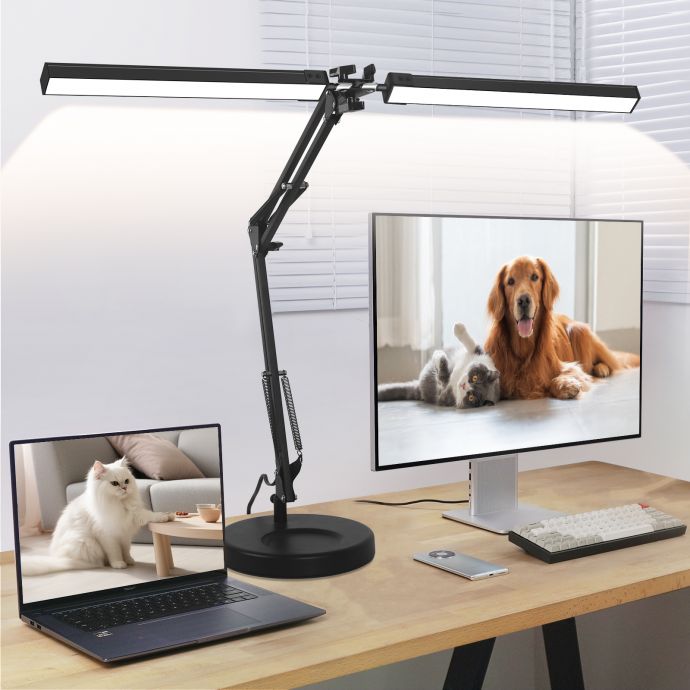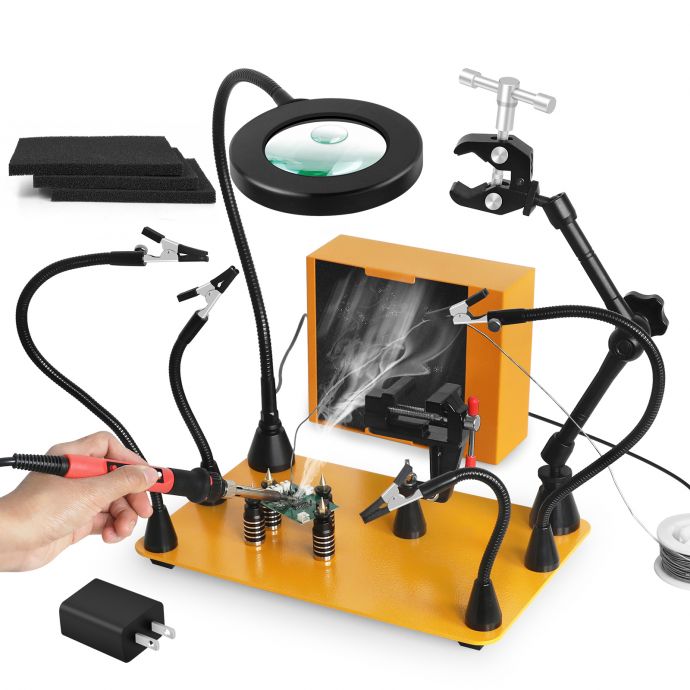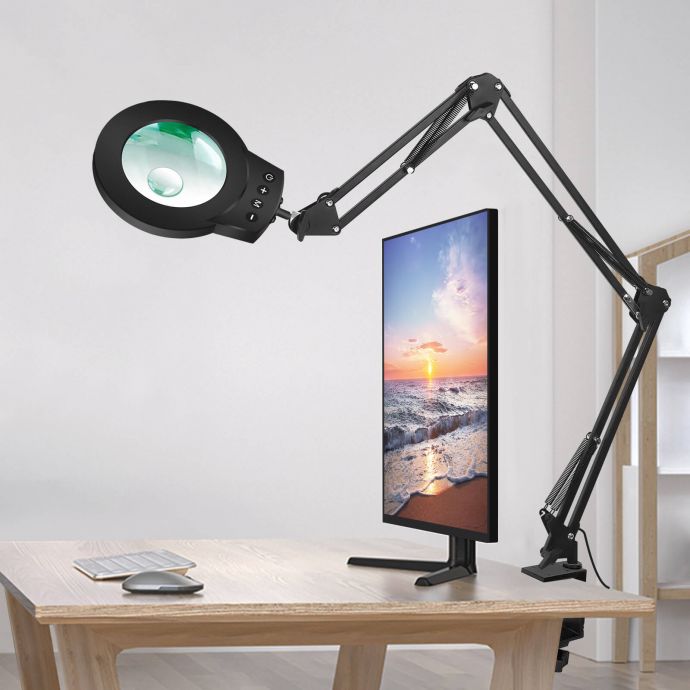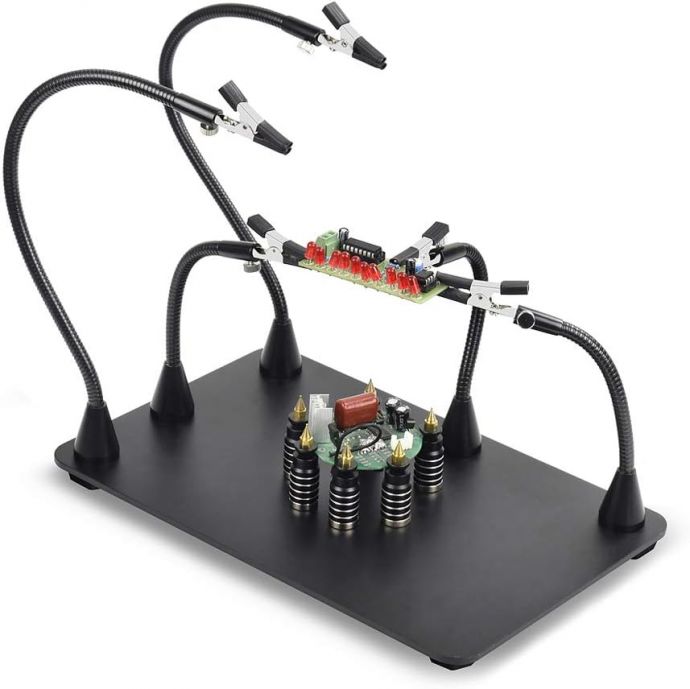Maximizing one's vision is not merely about enhancing sight but also about optimizing every aspect of visual perception to improve quality of life, efficiency, and overall well-being. Our vision plays a crucial role in how we interact with the world, influencing everything from our ability to learn to our capacity to perceive and appreciate our surroundings. Whether you're looking to boost your vision health, enhance your visual acuity, or simply make the most of your sight, there are various strategies and practices you can adopt.
**Understanding Vision Health**

Maintaining optimal vision starts with understanding the importance of eye health. The eyes consist of complex systems and tissues that require proper care to function at their best. Regular eye examinations are vital, as they help in early detection of potential issues such as refractive errors, glaucoma, cataracts, and macular degeneration. Ophthalmologists and optometrists use these exams to spot signs of eye diseases and provide corrective measures, including glasses, contact lenses, or even surgical options when necessary.
**Nutrition and Vision**
Nutrition plays a pivotal role in eye health. Essential nutrients, including omega-3 fatty acids, lutein, zeaxanthin, vitamins C and E, and zinc, contribute to maintaining good vision. Foods rich in these nutrients, such as leafy greens, fish, nuts, seeds, and citrus fruits, can help protect eyes from harmful light and reduce the risk of age-related macular degeneration and cataracts. Moreover, maintaining a balanced diet aids in preventing diabetes, which can cause diabetic retinopathy, a leading cause of blindness.

**Practicing Healthy Visual Habits**
Adopting healthy visual habits is fundamental to maximizing vision. Spending prolonged periods staring at digital screens can lead to digital eye strain, characterized by symptoms such as dryness, irritation, blurry vision, and headaches. The 20-20-20 rule is an effective strategy to mitigate these effects: every 20 minutes, take a 20-second break and focus on something 20 feet away. Additionally, proper lighting and maintaining an appropriate distance from screens can reduce strain and improve overall visual comfort.
**Protective Measures**

Protecting your eyes from harmful environmental factors is another critical aspect of maximizing vision. Ultraviolet (UV) light from the sun can damage eyes and increase the risk of cataracts and other eye diseases. Wearing sunglasses with UV protection and wide-brimmed hats can shield your eyes from these harmful rays. For those participating in sports or working in environments with potential hazards, safety goggles are essential to prevent injuries and potential long-term damage.
**Vision Training and Exercises**
Vision training involves exercises designed to improve visual skills, such as focusing, eye movement coordination, and visual processing. These exercises can be particularly beneficial for individuals experiencing convergence insufficiency or other binocular vision problems. Techniques such as pencil push-ups, Brock string exercises, and computer-based training programs can enhance depth perception, hand-eye coordination, and overall visual performance.

**The Impact of Lifestyle Choices**
Lifestyle choices greatly influence eye health. Smoking is known to increase the risk of cataract development and age-related macular degeneration, due to its effect on blood vessels and oxidative stress. Quitting smoking not only benefits overall health but also significantly reduces the risk of vision loss. Additionally, regular exercise increases circulation and helps maintain healthy blood vessels in the eyes, further supporting vision health.
**Emerging Technologies and Eye Care**

Advancements in technology are continually offering innovative solutions to protect and enhance vision. Blue light blocking glasses, for instance, reduce exposure to potentially harmful blue wavelengths from digital devices, though their effectiveness is still a topic of ongoing research. Smart contact lenses with built-in sensors are being developed to monitor intraocular pressure in glaucoma patients, providing real-time data to adjust treatment plans. Staying informed about such innovations can enable individuals to take proactive steps in managing and maximizing their vision.
**Integrating Mindfulness and Relaxation**
Stress and tension can negatively impact eye health, leading to strain and fatigue. Integrating mindfulness and relaxation techniques into your routine can benefit your eyes. Practices such as yoga and meditation encourage relaxation and improve overall body function, which includes the eyes. Simple eye relaxation techniques, where you close your eyes and cover them with the palms of your hands, can provide immediate relief and prevent long-term strain.

**Vision and Aging**
As we age, our vision typically declines, making it crucial to adopt preventive measures early. Regular eye checkups become increasingly important to catch and address age-related issues like presbyopia. Adjusting living spaces to accommodate changing visual needs—using magnifying lenses or increasing lighting—can help maintain independence and quality of life.
**The Role of Genetics**

Genetics play a role in eye health, influencing susceptibility to various eye conditions. While you can't change your genetic makeup, being aware of family history can inform screening and preventive measures. By understanding potential genetic risks, individuals can work with healthcare providers to monitor and manage their eye health proactively.
By adopting a comprehensive approach that encompasses proper nutrition, healthy habits, protective measures, and embracing technological advancements, individuals can significantly enhance their visual capabilities. With regular care and attention to these elements, one can not only preserve but potentially maximize their vision, paving the way for a richer and more visually engaging life experience.









